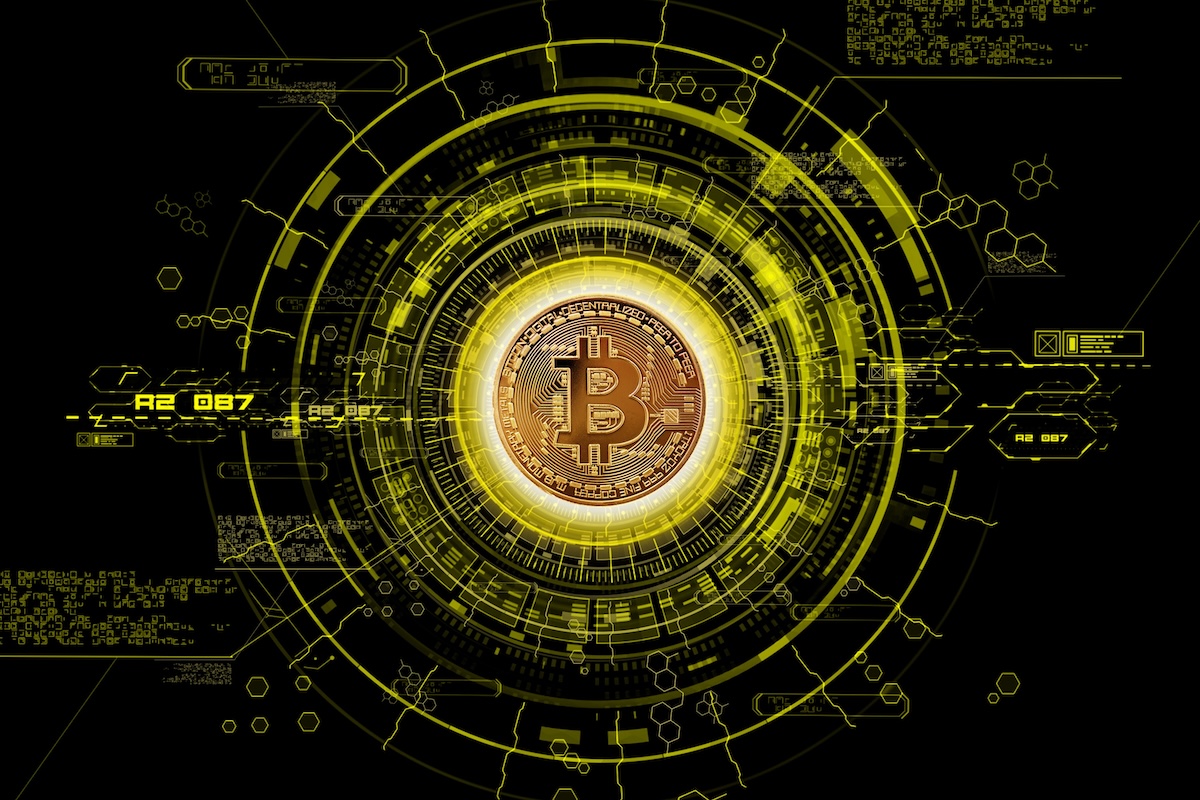Non-Fungible Tokens, often referred to as NFTs, have captivated the attention of artists, collectors, and investors alike. These unique digital assets have revolutionized the concept of ownership in the digital age, offering a new way to buy, sell, and trade digital goods. But what exactly are NFTs, and what does their rise signify for the future of digital ownership and collectibles? Formerly popular in crypto casinos and skin gambling, NFTs have a lot to offer modernized society.
An NFT is a digital certificate of ownership that is stored on a blockchain. Typically NFTs are stored on the Ethereum blockchain, but that isn’t always the case. Cryptocurrencies like Bitcoin or Ethereum are fungible and can be exchanged on a one-to-one basis. NFTs are indivisible and unique, as they represent one of a kind digital assets. This uniqueness is one of the many ways that NFTs stand out, and their uniqueness also gives them their value.
Significant Applications of NFTs
One of the most significant applications of NFTs is in the world of digital art and collectibles. Artists can create and tokenize their work as NFTs. Tokenizing art allows artists to retain ownership and control over their creations. At the same time, collectors purchase and own digital copies. This has opened up new opportunities for artists to monetize their work and reach a global audience without relying on traditional galleries. For artists, breaking into the art world is much easier. For collectors, the cost benefits are practically endless.
The appeal of NFTs lies in their scarcity, authenticity, and verifiability. Each NFT is tied to a unique identifier on the blockchain. Since the NFT is tied to the blockchain, it provides a transparent and immutable record of ownership. The use of blockchain’s ledger makes it possible to prove the authenticity and provenance of a digital asset. Collectors gain confidence in the value and uniqueness of their NFT holdings while also saving money.
NFTs have expanded beyond the realm of digital art to encompass a wide range of digital assets. Some of the most popular places to find NFTs include virtual real estate, in-game items, and music videos. Skin gambling is an example of NFTs in crypto casinos. This versatility has fueled a surge in interest and investment in NFTs around the globe.
World Record Breaking NFT Sale
One of the most notable examples of NFT success is the sale of the digital artwork "Everydays: The First 5000 Days" by artist Beeple for a record-breaking $69 million at auction. This sale demonstrated the potential for NFTs to disrupt the art world. Not to mention how it also sparked a frenzy of interest in digital collectibles and NFT-based projects.
In addition to providing a new revenue stream for artists and creators, NFTs also offer unique opportunities for collectors and investors. By owning an NFT, individuals gain exclusive access to digital content or experiences. The potential for appreciation in value over time has led to the emergence of NFT marketplaces where buyers and sellers can trade NFTs, much like traditional art markets.
Environmental Impact and Future of NFTs
The rapid rise of NFTs has also raised questions and concerns about their environmental impact. The reason for the concern is because the process of minting NFTs consumes significant amounts of energy. Critics argue that the carbon footprint associated with NFTs undermines their sustainability, which has prompted calls for greater transparency and accountability in the industry.
Despite these challenges, the future of NFTs appears promising. With continued innovation and adoption expected in the years to come, more people from the art world will likely embrace the possibilities of digital ownership and collectibles. NFTs are poised to reshape the way we create, share, and value digital content.






